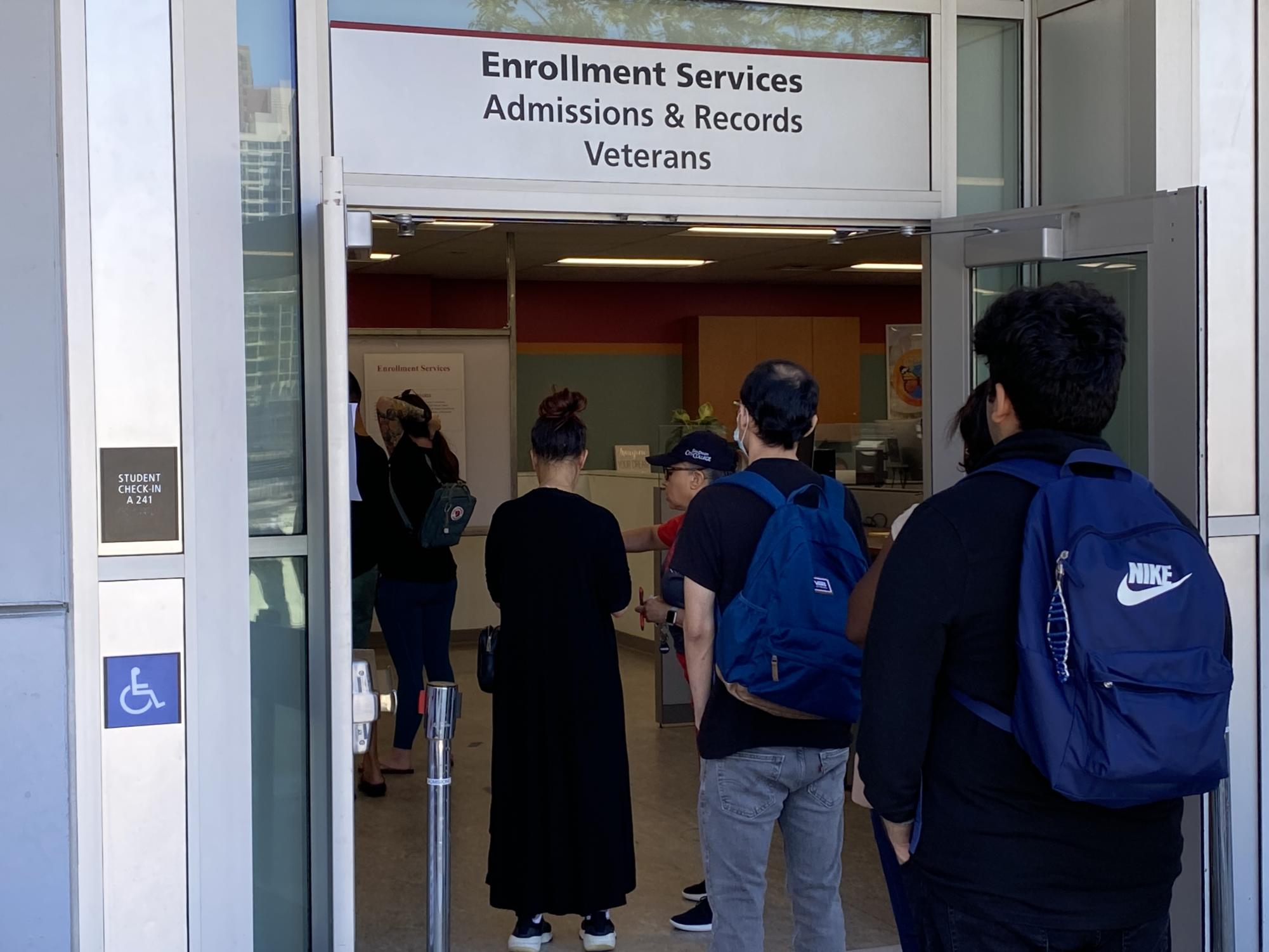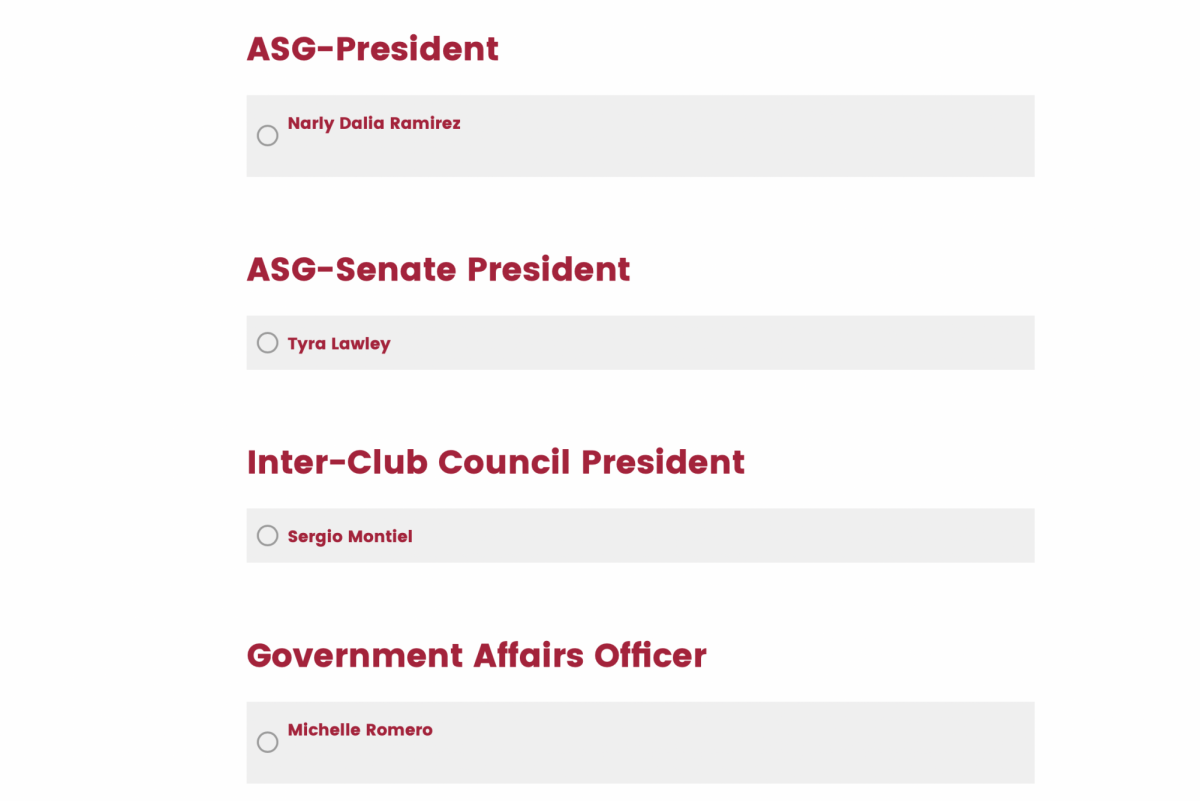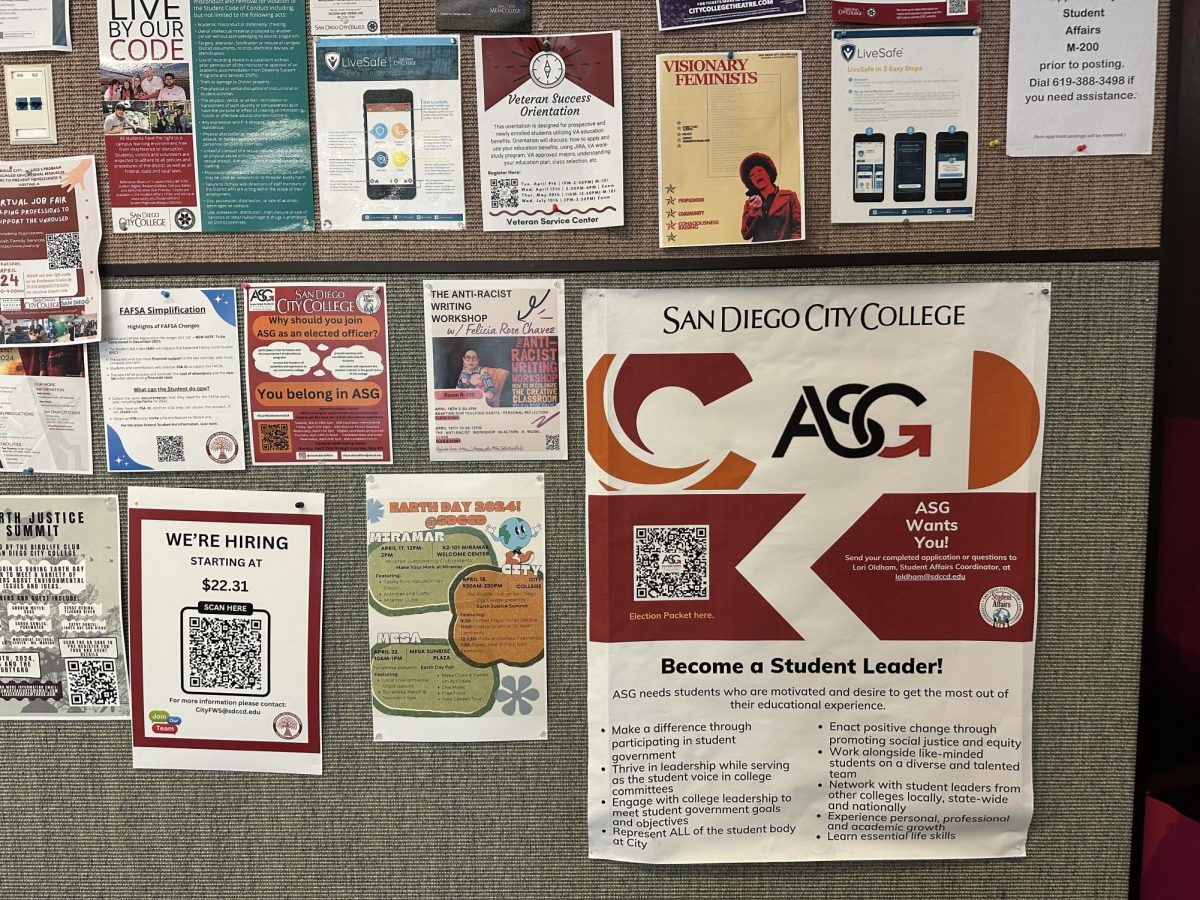It’s a post-pandemic “enrollment boom” that is music to the ears of community college administrators around that state.
Students attending California’s 116 campuses represent 20% of the nation’s community college enrollment.
That same group is responsible for more than 50% of the nation’s growth from the fall 2023 semester, California Community Colleges Chancellor Sonya Christian told student journalists on Feb. 14.
“I really must appreciate and recognize our colleges, our classified staff, our administrators, our faculty, and our trustees,” Christian said. “(For) the work that they did to make sure we supported our students (during the pandemic) to come back to offer flexible options for courses, and to complete that degree or that certificate.”
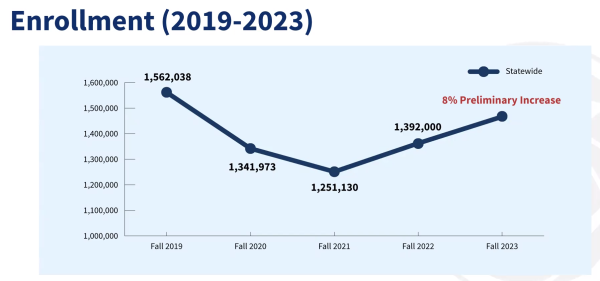
But even the best news now is tempered. State revenue factors indicate the enrollment trend must keep up for schools to continue operating as they have since the pandemic.
Gov. Gavin Newsome released a proposed state budget for the 2024-25 fiscal year in January, which will wind down an expected three-year $11.3 billion decrease in emergency COVID-19-era public education revenue for community colleges.
Anticipating the budget changes, Vice President of Administrative Services John Parker hosted the Enrollment and Retention Forum two months earlier to inform stakeholders of the “worst-case scenarios” for City College funding if student enrollment and retention failed to compensate for the drop-off.
“Everyone is an enrollment manager, everyone is a budget manager, everyone is a fiscal agent,” Parker said to administrators, faculty and staff at the forum.
Now, a large portion of community colleges’ state funding is solely tied to the Student-Centered Funding Formula, according to the District’s 2023-24 Adopted Budget.
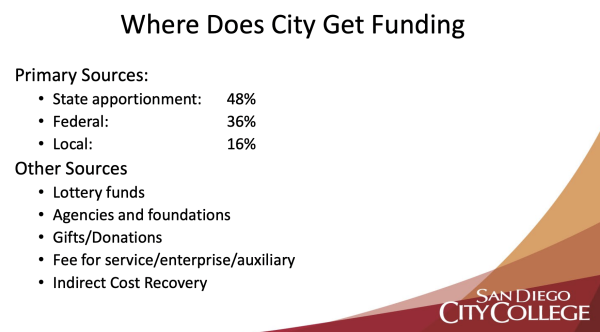
SCFF, passed in the 2017-18 fiscal year, was created to give more weight to the funding considerations of community college districts based on their enrollment levels, financial aid needs and student outcomes, according to the district budget.
All California community colleges’ state-sourced funding under SCFF is distributed among 73 districts by Proposition 98 revenue.
For the San Diego Community College District, that accounts for nearly half of its budget.
Under SCFF:
- 70% of a district’s base funding is dependent upon the number of enrolled students
- 20% of supplemental funding is based upon demonstrated financial need of students
- 10% is based on student success outcomes
Beyond the emphasis on increasing enrollment and retention, City College is pivoting toward maximizing the receipt of financial aid for students with economic need.
For City College to receive the full 20% in supplemental funding, it needs to ensure that all students are filling out their FAFSA applications.
City is missing about 30% of that 20% allocation, according to Parker.
“That’s the only way we can determine their need,” Parker said. “The more FAFSAs we complete, the more students that we will have most likely that are Pell (Grant), Promise (Grant) and (AB) 540 eligible.”
Reaching that funding goal, of course, isn’t without its setbacks. What was supposed to be a simplified FAFSA application roll-out for students in October turned up with complications, delays and a steep drop in submissions.
The Department of Education responded by further simplifying the submission process, while some universities extended their application deadlines to compensate for the FAFSA delay.
When the statewide shift to the enrollment-centered SCFF happened, the state contributed “hold-harmless” provisions for community college districts as part of a three-year transition to guarantee a funding level for negatively impacted districts.
These provisions end in 2025.
To make matters worse, the governor’s part of the budget that typically includes funding to retain current students and attract new ones is expected to drop from $200 million to $100 million.
Parker stated in an interview with City Times that as City funding stands now, programs are not yet facing dire cutbacks. But the drying out of revenue sources could impact the maintenance of existing programs and staffing levels in the coming years.
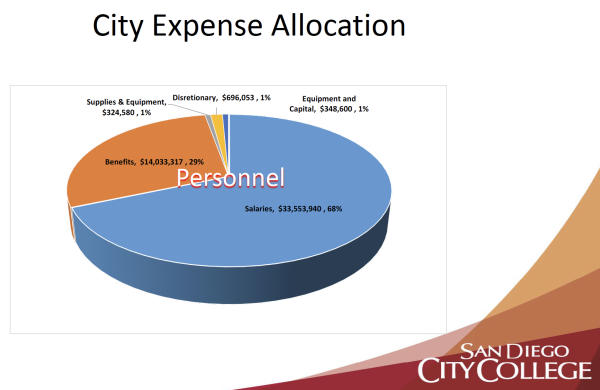
To respond, Parker’s enrollment forum brought in Student Services staff from programs that included Basic Needs, EOPS and CalWorks, emphasizing the all-hands-on-desk approach he indicated is needed.
City’s outreach efforts, coupled with a normalization of interest in community college services, point to a positive trend in student enrollment, as it is up by 1,200 students over a year ago, according to City president Ricky Shabazz at a Feb. 12 Academic Senate meeting.
But Shabazz is among the officials who don’t want to see the enrollment boom go bust.
“The budget in a nutshell is, we are expecting the next three years to be challenging financially,” he said.


